The roar of a Harley Davidson drawing near, the gleam of its body in the sunlight, the proud legacy it carries, all inspire awe in the hearts of bike enthusiasts worldwide. However, like every high-performing machine, the Harley too goes through its moments of challenge. One focal point among these is the much-debated Harley Davidson Evolution Engine and its potential weaknesses.
In this piece, we delve deep into the world of these Harley Davidson Evolution engine problems, to shed light on the facets that are often overlooked. Equipped with our seasoned perspective, we’ll explore the weak points of the Harley Evo engine and underscore the nuances that every rider, novice or veteran, should heed.
Through the journey of understanding what may go wrong, we’ll also unravel how to set it right, firmly keeping Harley’s grandeur intact. So, buckle up as we cruise through the less-traveled road of Harley engine intricacies, leaving no stone unturned. Your ride deserves nothing less. Are you ready? Let’s get to it.
In What Years Are Harley Evo Motors Found?
The Harley Evo engine was produced from 1984 till 1999. It was introduced as a replacement for the iconic Harley Davidson designed Shovelhead engine and Ironhead Sportster. The Evo engine was since fitted in many Harley Davidson models throughout these years, establishing a strong presence in the Harley Davidson lineup.
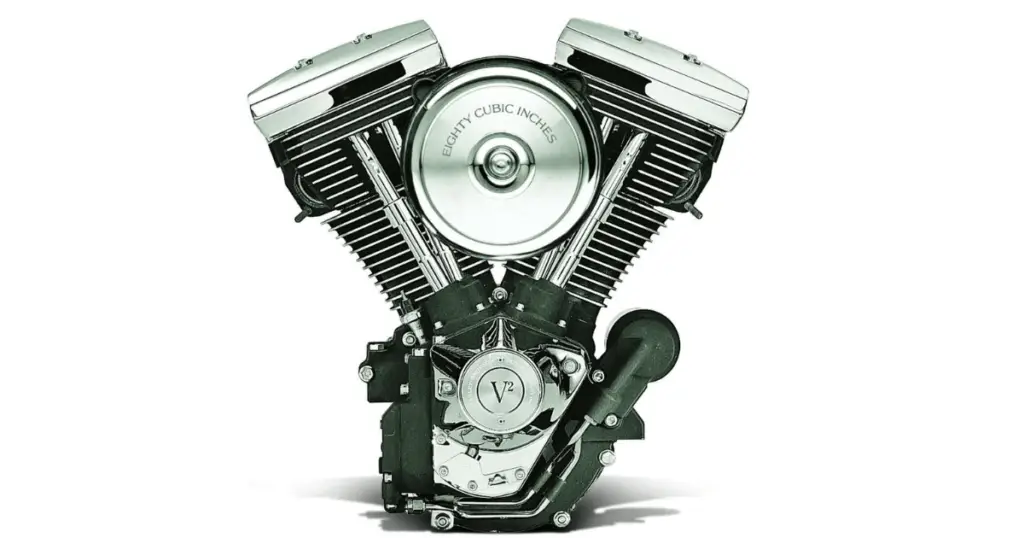
At The Time, Were Harley-Davidson Evolution Motors Reliable?
During its production years, the Evo engine was considered a significant upgrade over its predecessors. It was designed to be more powerful, reliable, and easier to maintain. However, like any mechanical component, the Evolution engine was not devoid of issues. Over time, some of these Harley Davidson evolution engine problems became more apparent, leading to a need for regular maintenance and, in some cases, repairs.
Read more: A Shootout For The Most Reliable Harley Engine (What Is It?)
What Were The Main Harley Evo Motor Weak Points?
Despite its improvements over previous models, the Evolution engine had several weak points. Here are some of the most common issues, along with diagnostics and fixes for each:
Intermittent Hard Starting
One of the most common issues with the Evo engine was hard starting. This issue could be due to several reasons, including a weak battery, a malfunctioning starter motor, or a faulty ignition system.
How to Diagnose and Fix
- Battery Check: Begin with checking the battery’s health. A weak or dying battery is often the culprit behind hard starting issues.
- Starter Motor and Ignition System: Inspect the starter motor and ignition system. Look for signs of wear or damage, as these can impact the engine’s ability to start efficiently.
- Fuel System: Don’t overlook the fuel system. Clogged fuel lines or a malfunctioning fuel pump can also lead to hard starting.
To diagnose this issue, check the battery voltage first. If it’s lower than the recommended level, consider replacing the battery. If the battery is fine, inspect the starter motor and the ignition system for any signs of wear or damage. If needed, replace the faulty parts.
Related: Best Spark Plugs for Harley Davidson Evo: Bikes Evolve Today
Speed Sensor Failure
The speed sensor in the Evolution engine plays a crucial role in providing accurate speedometer readings. The speed sensor can sometimes fail, causing erratic speedometer readings. This can be a serious issue as it can lead to incorrect speed readings while riding.
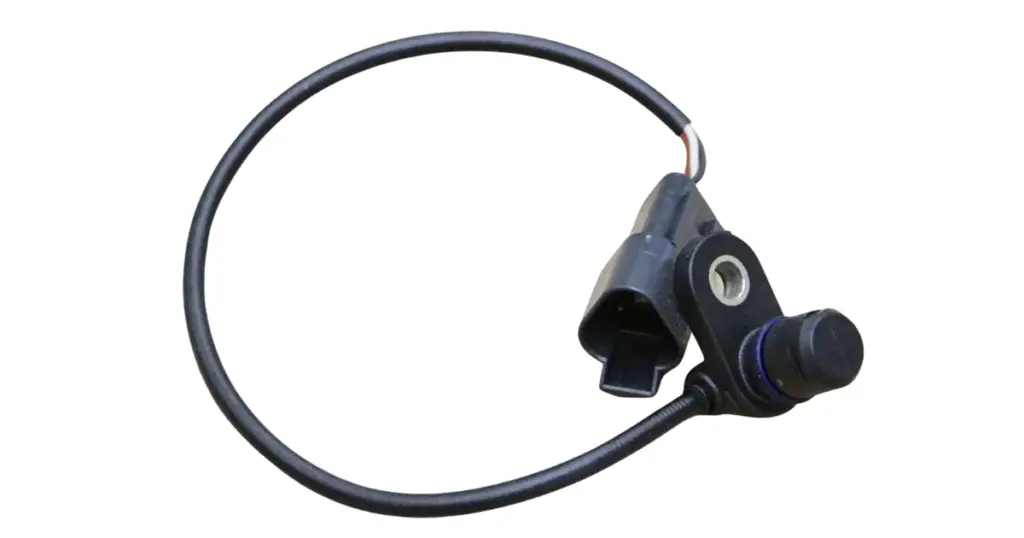
How to Diagnose and Fix
- Voltage Measurement: Use a multimeter to measure the voltage across the sensor terminals while the bike is running. Inconsistent readings can indicate a faulty speed sensor.
- Physical Inspection: Check for any physical damage to the sensor or its wiring. Sometimes, issues can be as simple as a loose connection or damaged wire.
Engine Overheating
Engine overheating is another common issue with the Evo engine. This could be due to several reasons, including a malfunctioning cooling system, a blocked radiator, or an issue with the engine’s oil supply.
How to Diagnose and Fix
To diagnose this issue, start by inspecting the cooling system. Check the coolant level and ensure that the radiator is not blocked. If the cooling system is functioning properly, inspect the engine oil level and quality. Low oil level or poor-quality oil can lead to engine overheating. If needed, replace the engine oil and the oil filter.
Read next: Harley Automatic Compression Release Problems (FIXED!)
What Other Evolution Engine Problems Were There?
Apart from the issues mentioned above, the Evo engine had several other problems. Let’s delve into these problems and their solutions.
Issues With Low Oil Pressure
Low oil pressure is a common issue with the Evo engine. This can lead to inadequate lubrication of the engine parts, leading to increased wear and tear.
How to Diagnose and Fix
To diagnose this issue, use an oil pressure gauge to measure the oil pressure while the engine is running. If the pressure is lower than the recommended level, it’s likely that the oil pump is faulty and needs to be replaced.
Engine Would Smoke From The Exhaust
Excessive smoke from the exhaust is another common issue with the Evo engine. This could be due to worn piston rings or valve seals, or a faulty head gasket.
How to Diagnose and Fix
To diagnose this issue, inspect the exhaust smoke color. White smoke indicates a coolant leak, which could be due to a faulty head gasket. Blue smoke indicates oil burning, which could be due to worn piston rings or valve seals. If needed, replace the faulty parts.
Failing Cam Chain Tensioners
Cam chain tensioner failure is a well-known issue with the Evo engine. A failing tensioner can lead to noisy operation and, in severe cases, catastrophic engine damage.
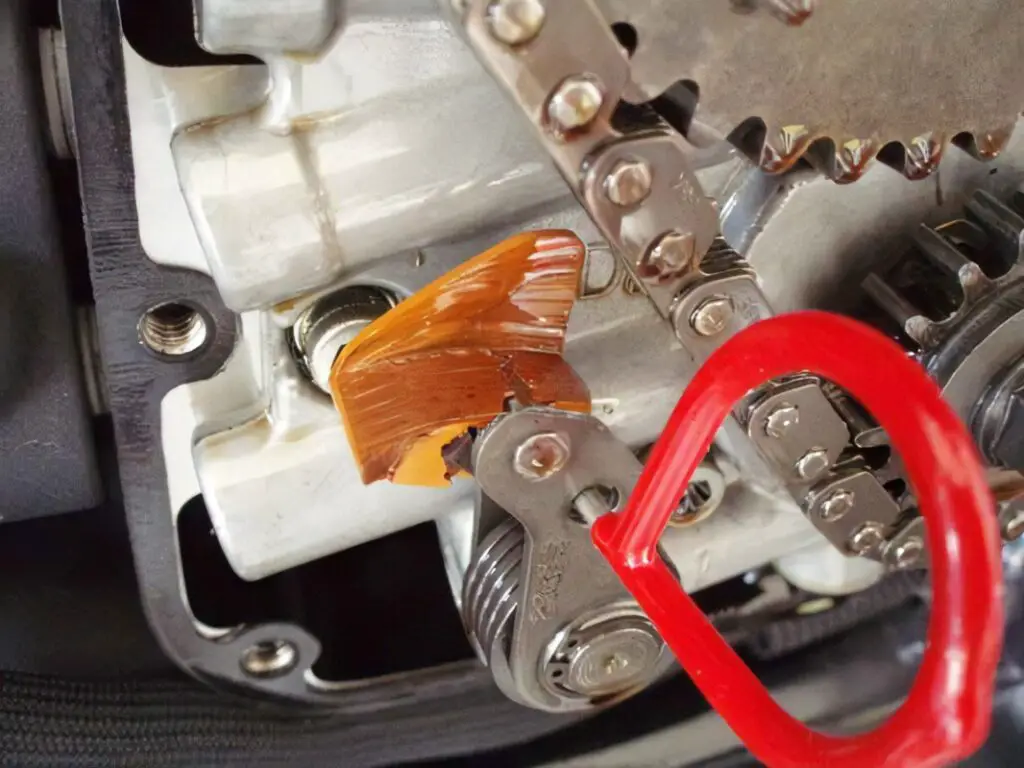
How to Diagnose and Fix
To diagnose this issue, listen for a rattling noise from the engine while it’s running. If you hear such a noise, it’s likely that the cam chain tensioner is failing and needs to be replaced.
Engine Shuts Off While Riding
In some cases, the Evo engine may shut off while riding. This could be due to a faulty ignition switch, a malfunctioning fuel pump, or an issue with the engine’s electrical system.
How to Diagnose and Fix
To diagnose this issue, check the fuel supply and the ignition system. If there are any signs of malfunction, replace the faulty parts. If the fuel supply and the ignition system are fine, inspect the engine’s electrical system for any signs of damage or loose connections.
Intermittent and Sudden Power Loss
Sudden and intermittent power loss is another issue with the Harley Evo engine. This could be due to a faulty ignition coil, a clogged fuel filter, or a malfunctioning throttle position sensor.
How to Diagnose and Fix
To diagnose this issue, check the ignition coil, the fuel filter, and the throttle position sensor for any signs of wear or damage. If needed, replace the faulty parts.
More Starting Issues
Starting issues are common with the Harley Evo engine. This could be due to a weak battery, a faulty starter motor, or a malfunctioning ignition system.
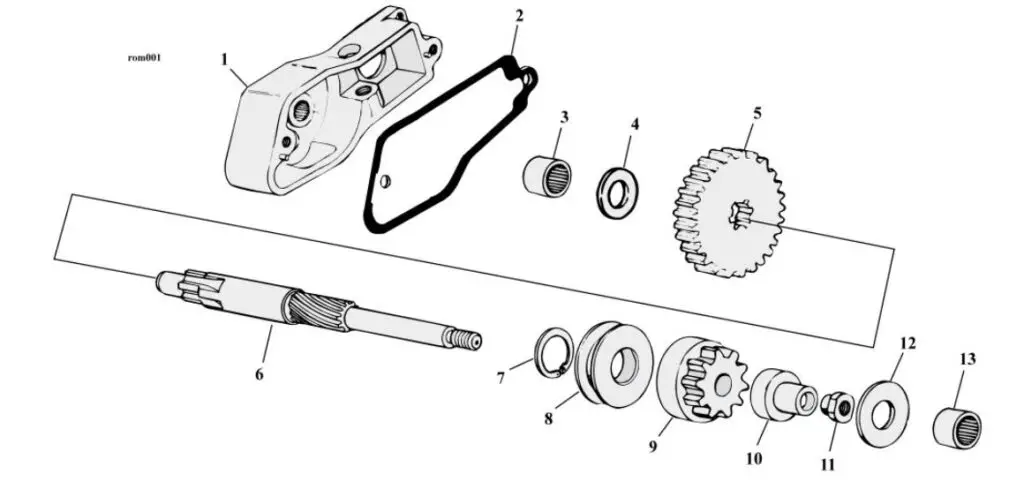
How to Diagnose and Fix
To diagnose this issue, check the battery voltage first. If it’s lower than the recommended level, consider replacing the battery. If the battery is fine, inspect the starter motor and the ignition system for any signs of wear or damage. If needed, replace the faulty parts.
Tight Valve Clearance
Tight valve clearance is another issue with the Harley Evo motor. This can lead to poor engine performance and increased wear and tear on the engine parts.
How to Diagnose and Fix
To diagnose this issue, check the valve clearance using a feeler gauge. If the clearance is lower than the recommended level, it’s likely that the valves need to be adjusted.
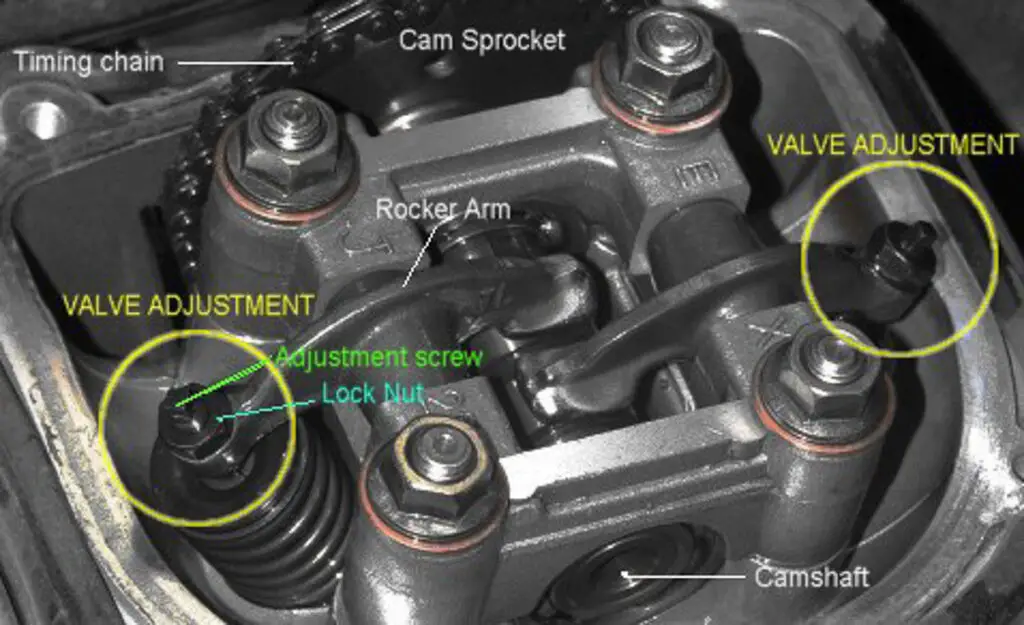
Tapping and Knocking Noises From The Engine
Tapping and knocking noises from the engine are common issues with the Evo engines. This could be due to worn engine parts, insufficient lubrication, or improper engine tuning. If tuning is the culprit, this can often be resolved with a Harley specific tuner.
How to Diagnose and Fix
To diagnose this issue, listen for any unusual noises while the engine is running. If you hear tapping or knocking noises, it’s likely that the engine parts are worn and need to be replaced. Also, ensure that the engine is properly lubricated and tuned.
Idling Issues
Idling issues are also common with the Evo engines. This could be due to a clogged idle air control valve, a faulty throttle position sensor, or a malfunctioning fuel injection system.
How to Diagnose and Fix
To diagnose this issue, check the idle air control valve, the throttle position sensor, and the fuel injection system for any signs of malfunction. If needed, clean or replace the faulty parts.
What Were The Worst Years For The Evolution Engine
The initial production years of the Evolution engine, particularly from 1984 to 1987, were considered the worst. During these years, the engine was still in its nascent stage, with several bugs and issues that were later rectified in subsequent production years.
Related: What Year Harleys to Avoid: Comprehensive Guide (Experience)
Which Models Were Most Affected?
- FXR Series: The FXR series, known for its dynamic handling and performance, often faced challenges with the Evolution engine, particularly in terms of reliability and maintenance complexities.
- Softail Models: Certain Softail models equipped with the Evo engine were prone to the common issues like hard starting and Sensor failures, possibly due to their unique configuration and the demands placed on the engine.
- Touring Models: Harley’s touring models with the Evo engine, while offering a comfortable and powerful ride, also encountered their share of engine-related problems, especially in models produced during the early years of the Evo engine.
Could These Problems Be Avoided?
Many of the problems associated with the Evolution engine could be avoided with regular maintenance and timely repairs. Keeping the engine clean, using high-quality oils and parts, and getting the engine serviced by a professional at regular intervals can go a long way in avoiding these issues.
Did The Evolution Engine Ever Improve?
Yes, the Evolution engine did undergo several improvements over its production years. From 1991 to 1999, the engine saw significant enhancements in terms of performance and reliability. This was achieved through design changes and the use of better-quality components.
Conclusion
The Harley Davidson Evolution engine, despite its issues, is still revered by many for its power and durability. The key to enjoying a trouble-free ride with this engine lies in understanding its common problems and knowing how to address them. Regular maintenance and timely repairs are crucial in ensuring the longevity of the Evolution engine. Remember, every machine has its quirks, and the Evolution engine is no exception. But with the right care and attention, you can enjoy a smooth and powerful ride with your Harley Evo engine.